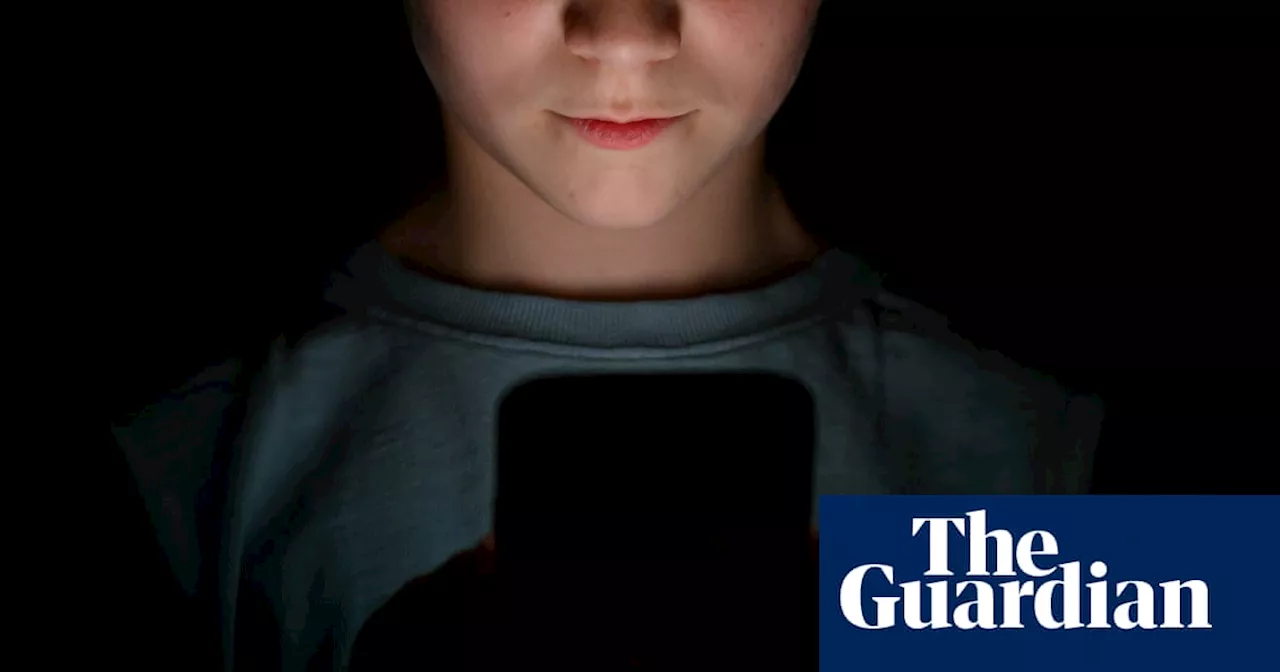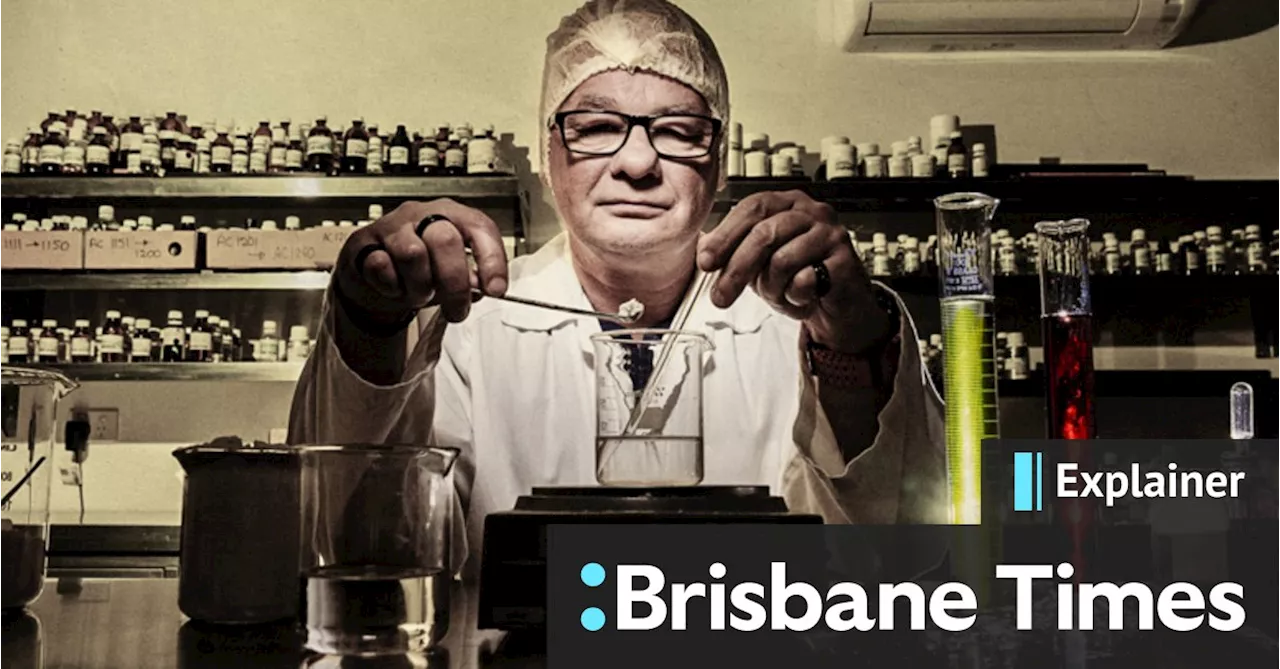This article explores the fascinating world of flavor, delving into the complex interplay of aroma, taste, perception, and even sound. From the art of mixing aroma chemicals to the science behind taste receptors and cross-modal perception, the article reveals how our senses work together to create the rich tapestry of flavors we experience.
Bubblegum, beef, boysenberry. The shelves of Max Kleyn’s laboratory are lined with tiny bottles filled with big aromas. Sweet and fruity pineapple. Crisp and tart apple. Stewed Kakadu plum. If you’ve ever crunched into a choc-top ice-cream in a cinema, ate packet soup, or felt the tang of raspberry sherbet on your tongue, there’s every chance the flavour came from just a few drops of aroma chemicals like the ones in Kleyn’s lab.
Kleyn, an amiable man in a hair net and lab coat, unscrews a lid, and we grimace. “Cat food,” he laughs. His “catalogue” totals more than 1500 aromas, a few for pet food but most for humans, including for lollies from sherbet to gummy snakes. “Sometimes you get to work and the whole building smells like chocolate,” he says. Sometimes, “I’ve smelled like fish for a week.” For Kleyn, a flavourist whose work has taken him from New Zealand to the Netherlands, then to Ballarat in regional Victoria, mixing chemical aromas is an art. “It’s a bit like working on a painting: you mix a lot of paints until you get the right colour. We know what each chemical does but not always how well it goes with another.” Kleyn can mix aromas to (more or less) reproduce almost any flavour in nature. “It’s all about perception,” he says. Or, as Gene Wilder’s Willy Wonka said of his Lickable Wallpaper: “The strawberries taste like strawberries, and the snozzberries taste like snozzberries.” Unlike on a Wonka factory tour, though, there’s not a chocolate bar or gobstopper in sight, even if the bottled liquids tell our noses differently. Humans mostly detect flavour by smell; our tastebuds are in a related but different department of our senses. In fact, despite our insatiable appetite for information about culinary culture, the inner workings of cheffing, and the quest for flavour “sensations”, we don’t necessarily give much thought to where flavour comes from or how we taste. How is that we can tell the difference between a nutty caramel coffee, for example, and a fruity or floral one? Why are we drawn to some flavours more than others? Can certain music change the flavour of food? And could any of us, tinkering in our kitchens, create our own version of a snozzberry? They might seem interchangeable, but they’re not. There are, famously, five different types of taste receptors in a human mouth: sweet, sour, salty, bitter and umami. The latter, Japanese for “pleasant savoury taste”, was named in 1908 by chemist Kikunae Ikeda after he drank a soup made with edible kelp and found it had the chemical basis monosodium glutamate or MSG. (It was then popularised by food and biotech company Ajinomoto.) Some scientists now suggest there could be more basic tastes, such as for calcium or fat, although the jury is still out on this. You might remember from high school the diagrams of a tongue divided into taste areas such as sweet, sour and bitter. “That’s absolute garbage,” says flavour chemist Heather Smyth from the University of Queensland. “It’s still in my daughter’s year 10 science book, which makes me mad.” In fact, our tastebuds – pink, mushroom-shaped structures called Fungiform papillae – each contains receptors for all five basic tastes, wherever they are on our tongue. There’s a concentration of them at the tip, a kind of early warning system to detect foul, rotten or otherwise sinister substances. We encounter flavour, on the other hand, through a synthesis of textures, sights and even sounds that reach the brain as we eat and drink. “The meaty, the creamy, the herbal, the spicy, the fruity, the burnt is really flavour,” Charles Spence, an experimental psychologist who works with food, tells us from Oxford University. But it’s aroma that plays the biggest role. Scientists estimate it influences between 75 and 95 per cent of our experience of most foods. Simply put, as we eat, some aromas waft into our nostrils to an olfactory system where sensory tissues behind the nose convert them into electrical signals to the brain. When we chew, we also push aromas to the back of our throat and up onto those same sensory tissues. Smelling via the nostrils is called orthonasal olfaction, whereas aromas we experience while chewing are retronasal olfaction. It’s no surprise, then, that some of the strongest-smelling foods have the most overwhelming flavours – truffles, blue cheese, durian fruit. ‘Put down some heavy cutlery, and it will immediately taste better. Play some classical music. Tell a joke before you serve it, as a mental palate cleanser.’ Appearance plays a role. When scientists colour pineapple-flavoured jelly with green and red alongside yellow, people generally report tasting lime, raspberry and pineapple due to a brain process called cross-modal perception. Chef Heston Blumenthal’s Fat Duck restaurant in Berkshire has pushed the concept further with a cross-modal switch: golden beetroot jelly served alongside a blood orange jelly, the orange colour tasting of beetroot and the purple colour of citrus
Flavour Aroma Taste Smell Perception Cross-Modal Perception Food Science Sensory Experience Olfaction Retronasal Olfaction Taste Receptors
United Kingdom Latest News, United Kingdom Headlines
Similar News:You can also read news stories similar to this one that we have collected from other news sources.
 The Science of Happiness: Preregistration and Open ScienceThis article explores the scientific study of happiness, highlighting the rise of Positive Psychology and the subsequent challenges faced by the field. It discusses the issue of flawed research practices like p-hacking and HARKing, and how the movement towards Open Science, with preregistration as a key standard, aims to address these problems.
The Science of Happiness: Preregistration and Open ScienceThis article explores the scientific study of happiness, highlighting the rise of Positive Psychology and the subsequent challenges faced by the field. It discusses the issue of flawed research practices like p-hacking and HARKing, and how the movement towards Open Science, with preregistration as a key standard, aims to address these problems.
Read more »
 From the Beatles to biologics – how Liverpool became a life science hotspotThe city has a long history with tropical medicine and is now home to one of the largest biotech clusters in Europe
From the Beatles to biologics – how Liverpool became a life science hotspotThe city has a long history with tropical medicine and is now home to one of the largest biotech clusters in Europe
Read more »
 Online safety laws ‘unsatisfactory’ and ‘uneven’, says UK science ministerPeter Kyle frustrated at bill inherited from Tories and says parliament should legislate faster to protect public
Online safety laws ‘unsatisfactory’ and ‘uneven’, says UK science ministerPeter Kyle frustrated at bill inherited from Tories and says parliament should legislate faster to protect public
Read more »
 The best recent science fiction, fantasy and horrorAerth by Deborah Tomkins; Witchcraft for Wayward Girls by Grady Hendrix; Water Moon by Samantha Sotto Yambao; The Garden by Nick Newman
The best recent science fiction, fantasy and horrorAerth by Deborah Tomkins; Witchcraft for Wayward Girls by Grady Hendrix; Water Moon by Samantha Sotto Yambao; The Garden by Nick Newman
Read more »
 From oatzempic to mouth taping: does science back up TikTok health tips?Here are some of the more curious health hacks circulating on the social media platform – and what the evidence says
From oatzempic to mouth taping: does science back up TikTok health tips?Here are some of the more curious health hacks circulating on the social media platform – and what the evidence says
Read more »
 US-China Science Pact: Balancing Security and CollaborationA new science and technology agreement between the US and China aims to balance growing security concerns with the need for international collaboration. The revised pact raises questions about the future of scientific progress in a world increasingly wary of research security.
US-China Science Pact: Balancing Security and CollaborationA new science and technology agreement between the US and China aims to balance growing security concerns with the need for international collaboration. The revised pact raises questions about the future of scientific progress in a world increasingly wary of research security.
Read more »
